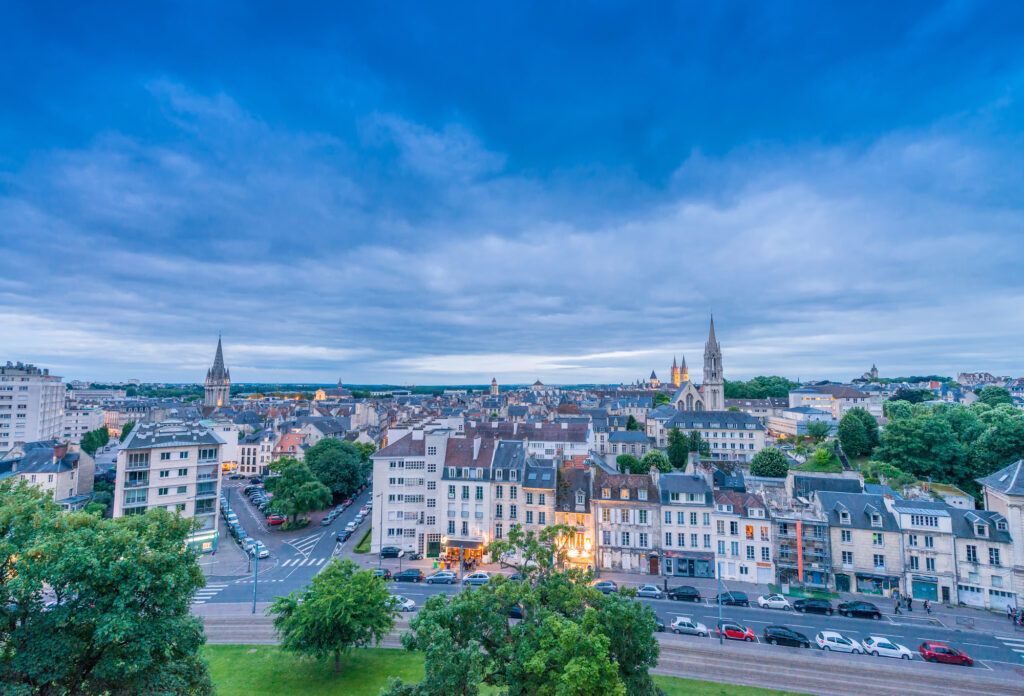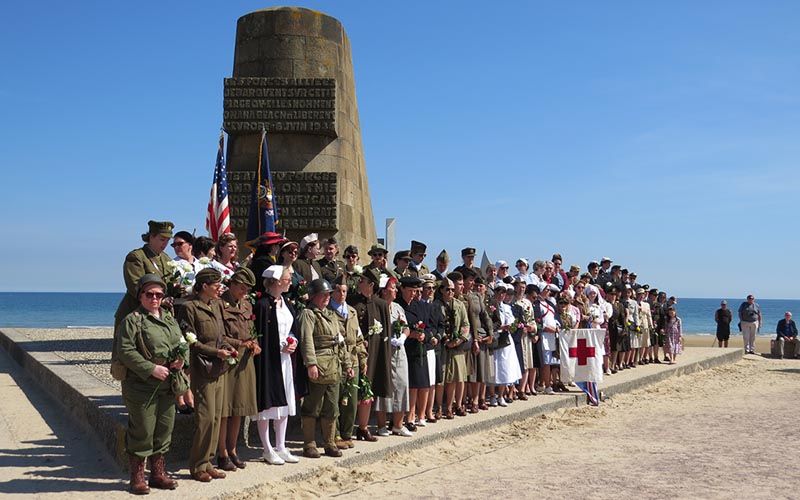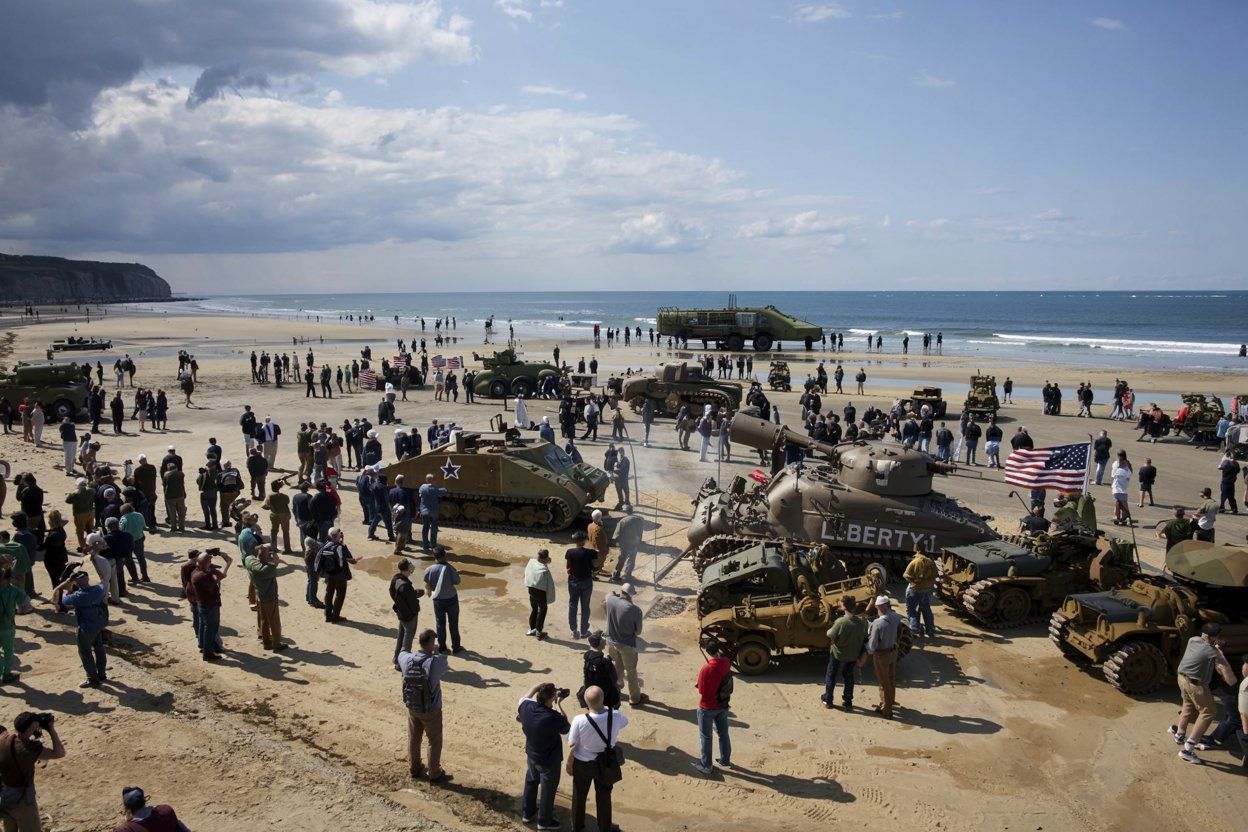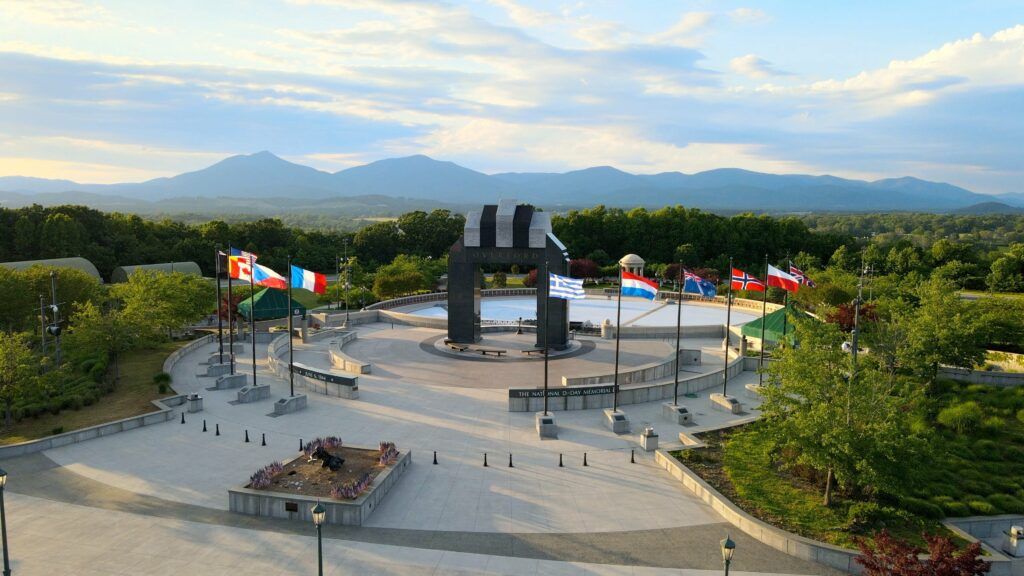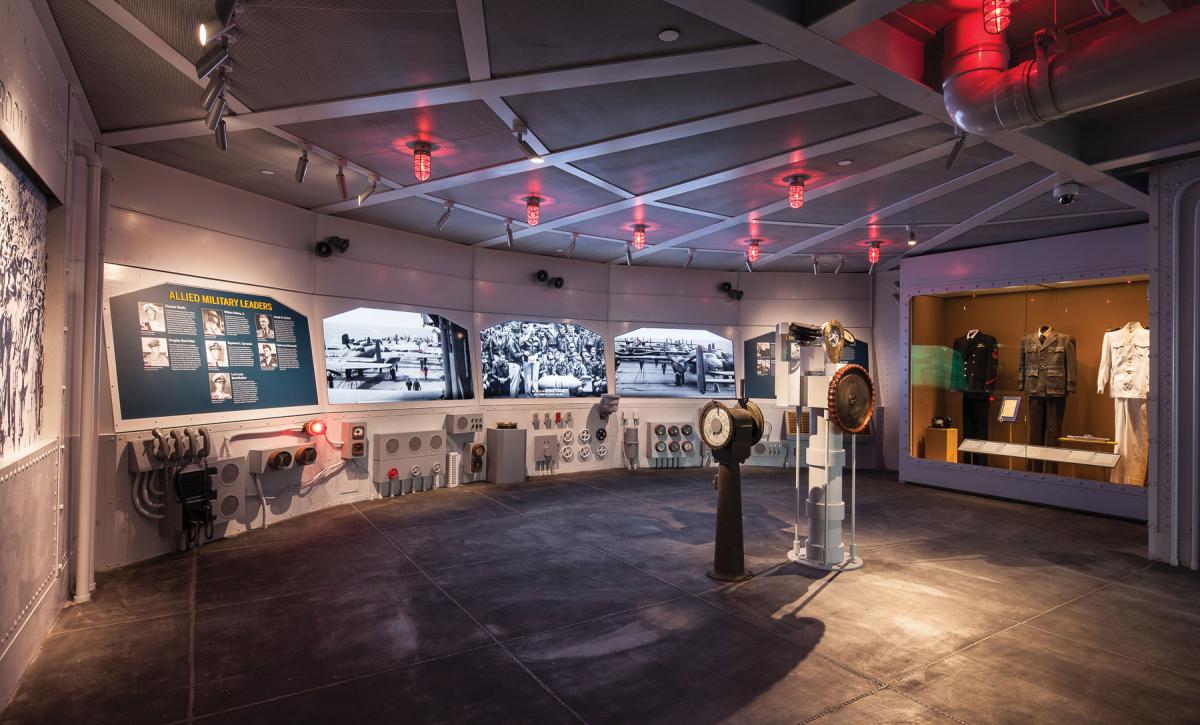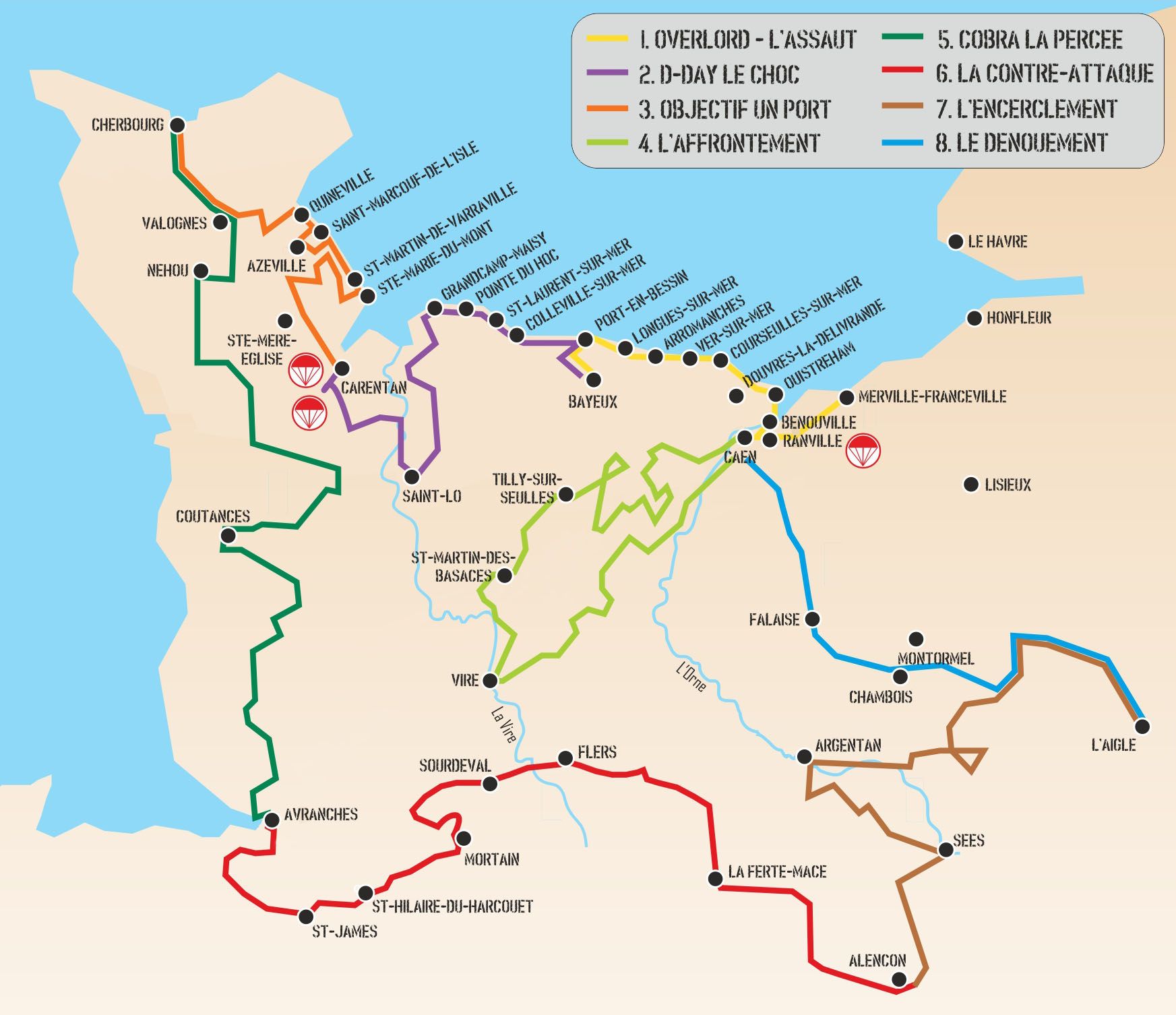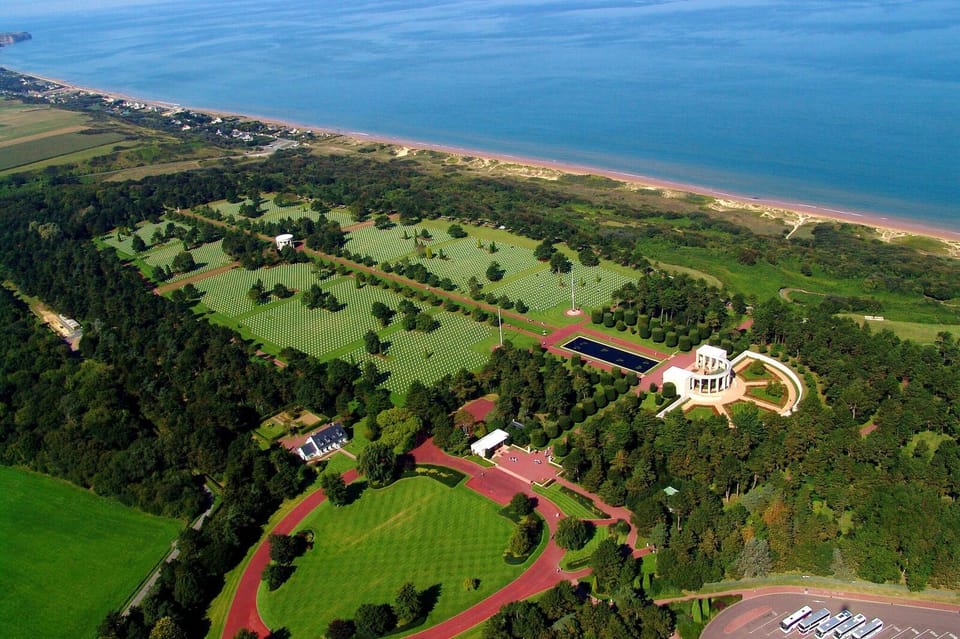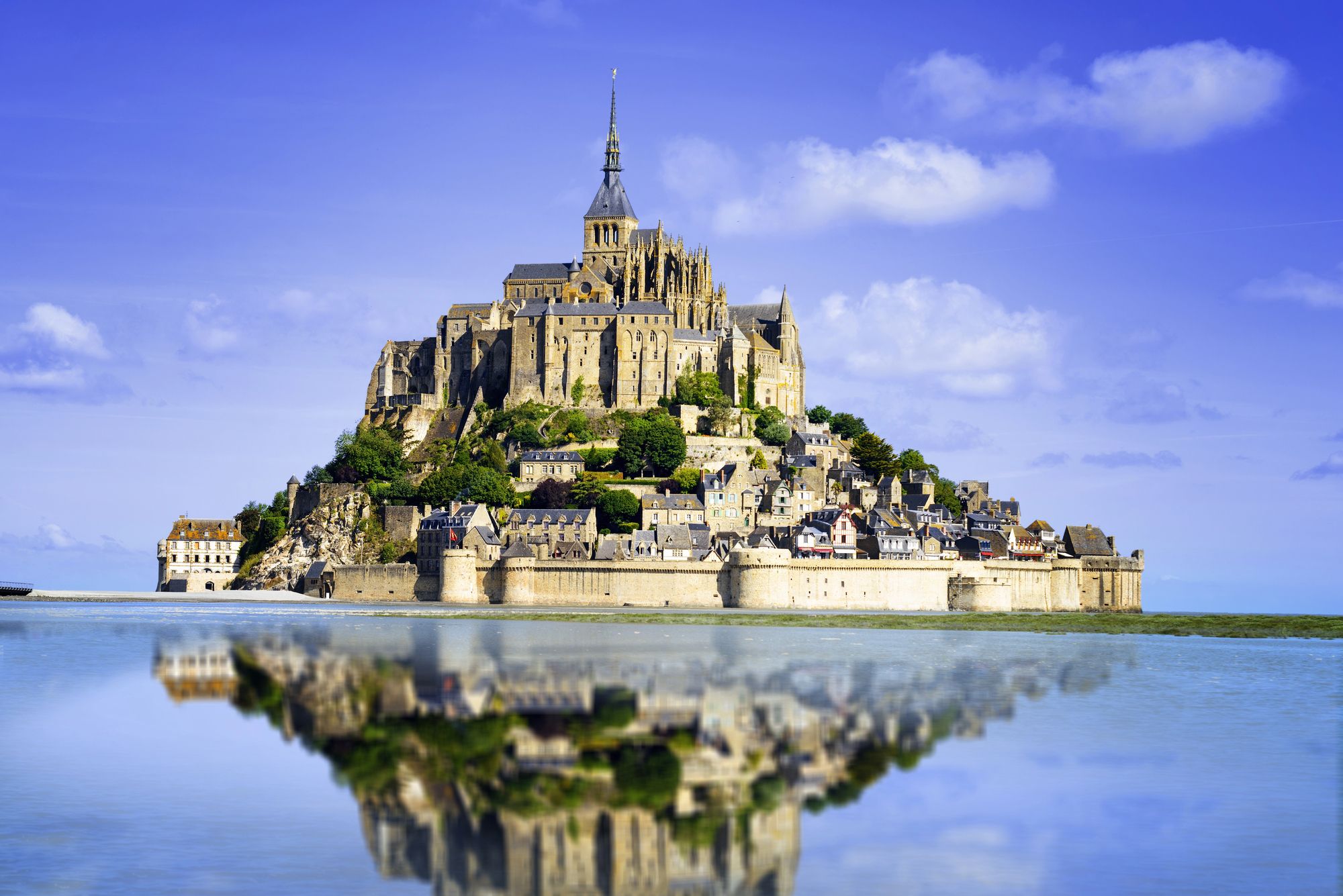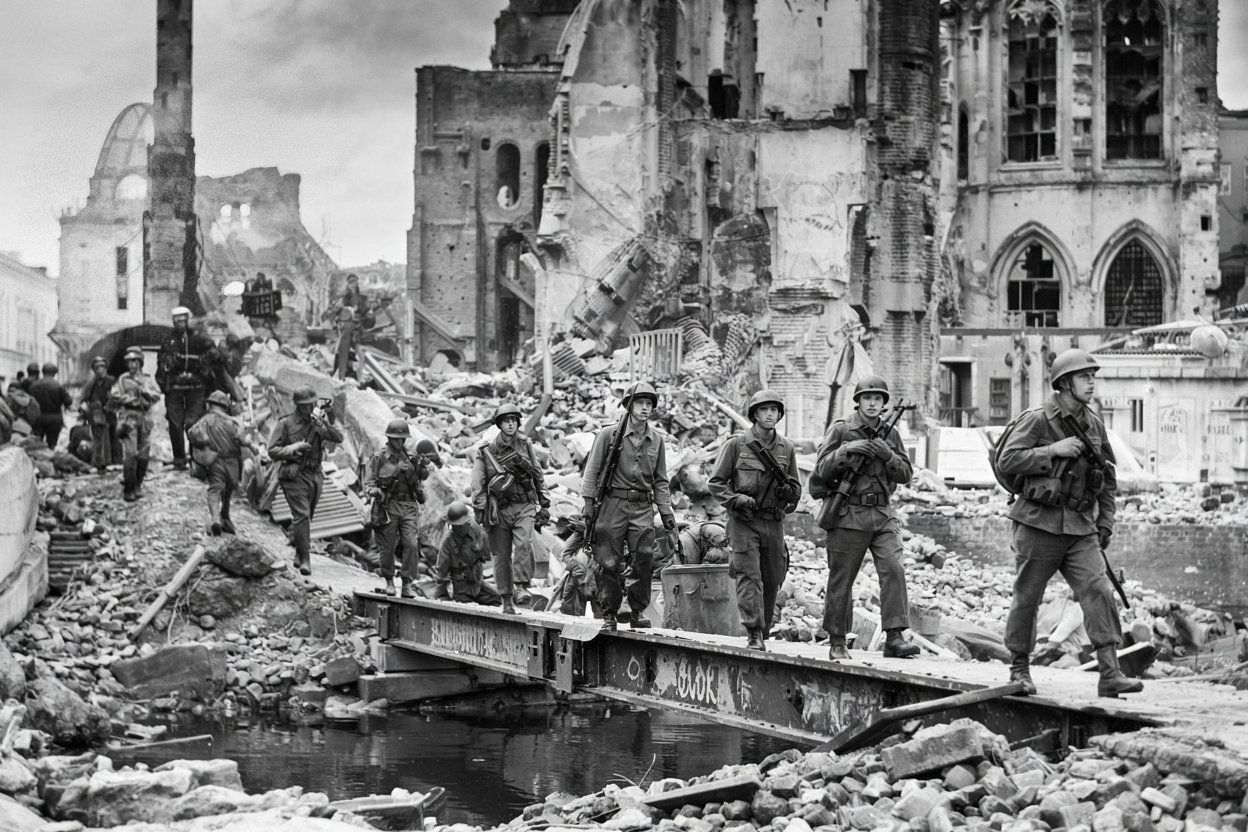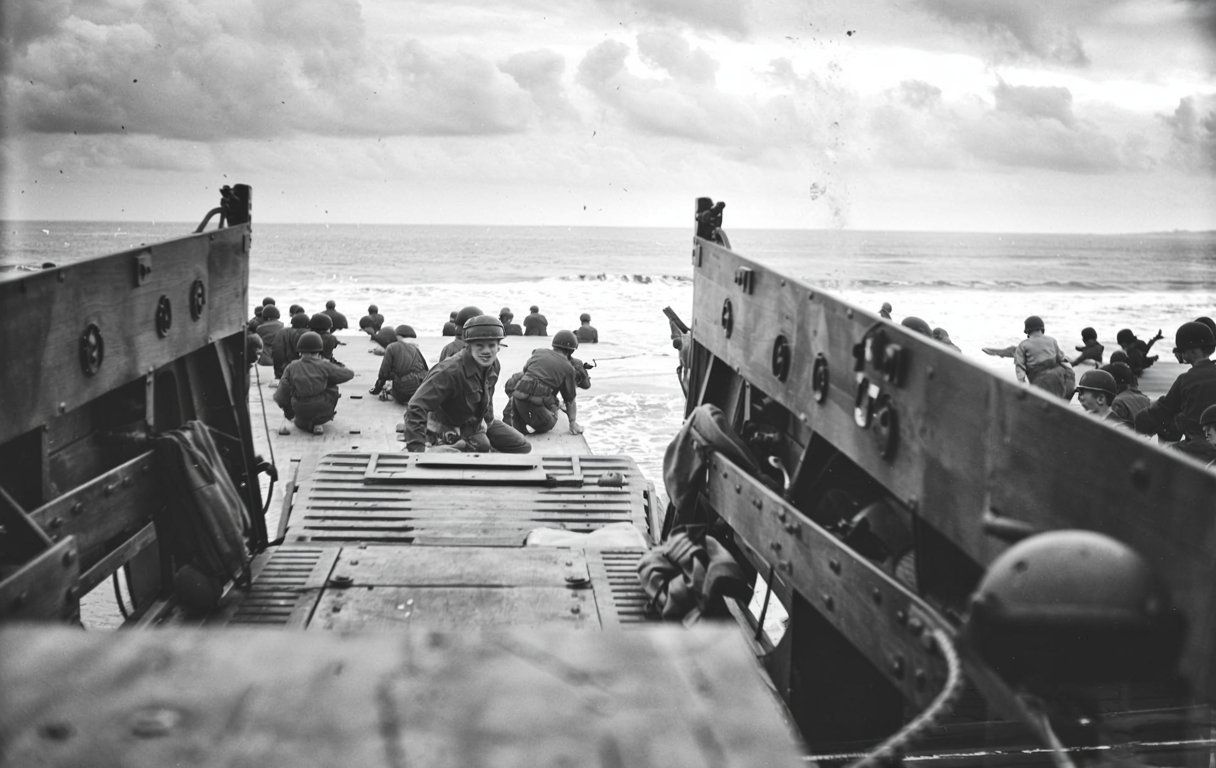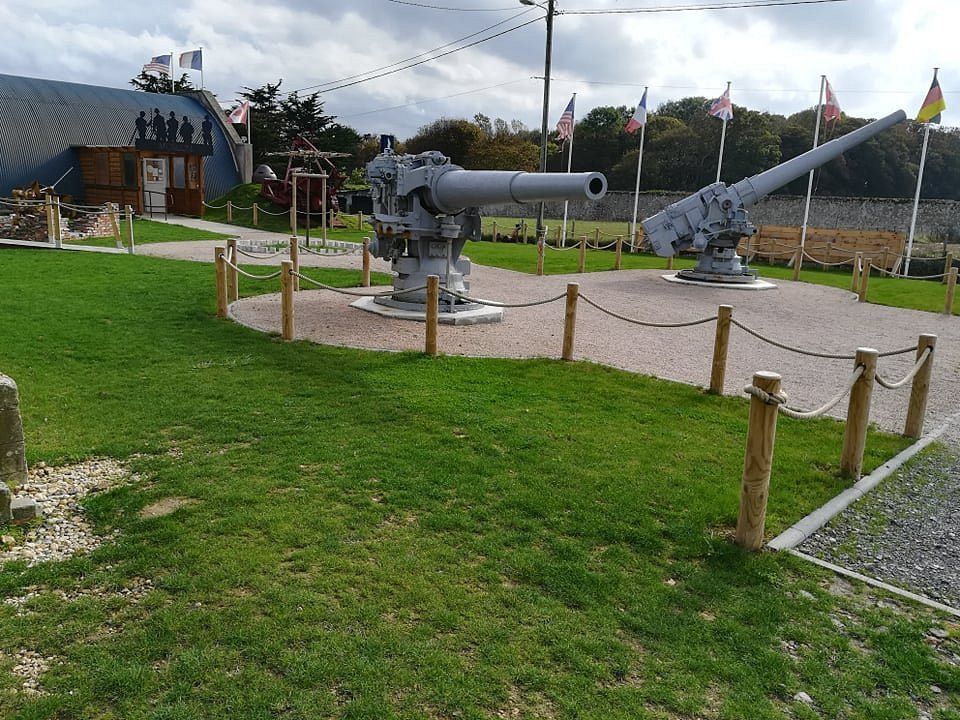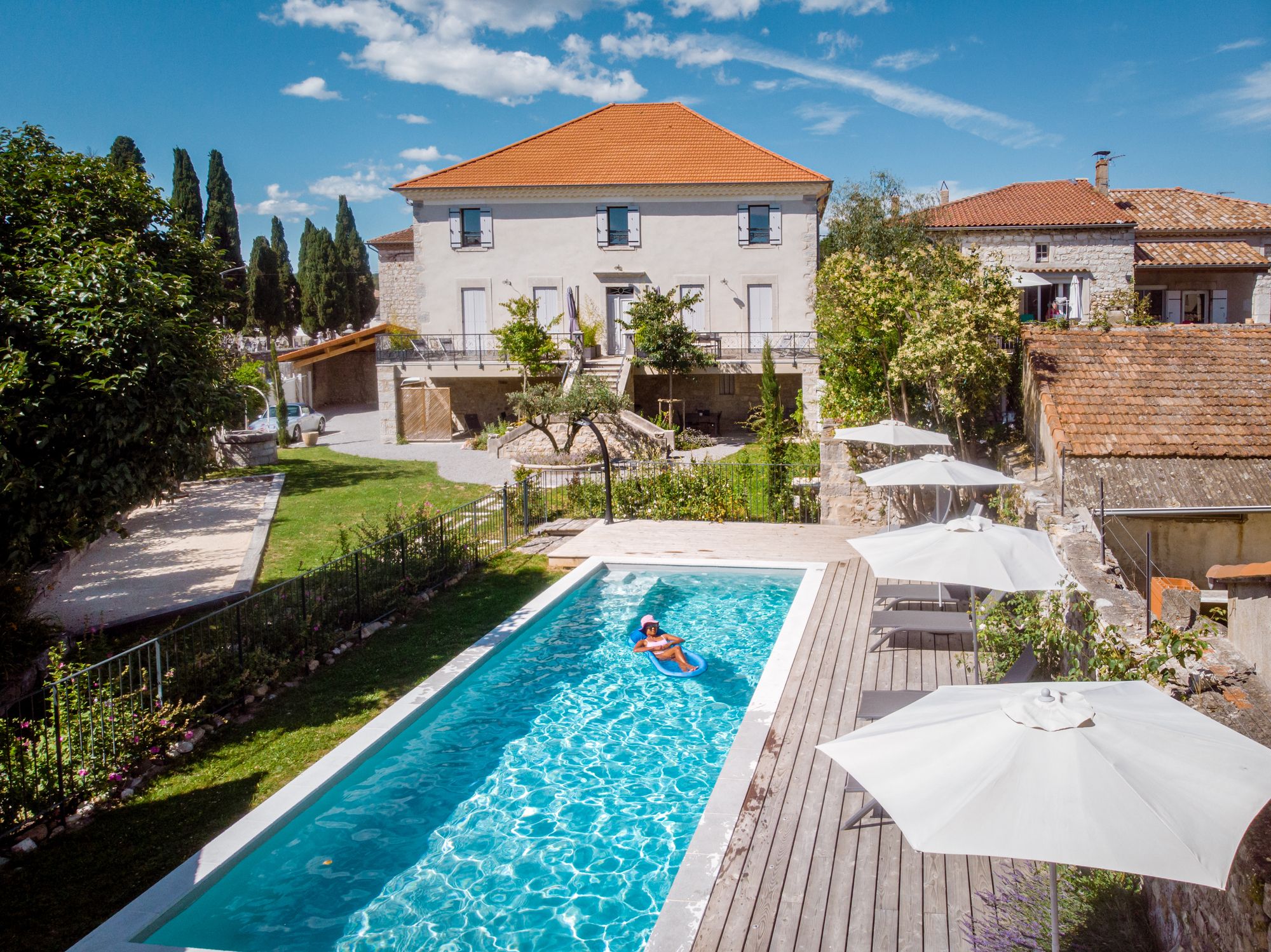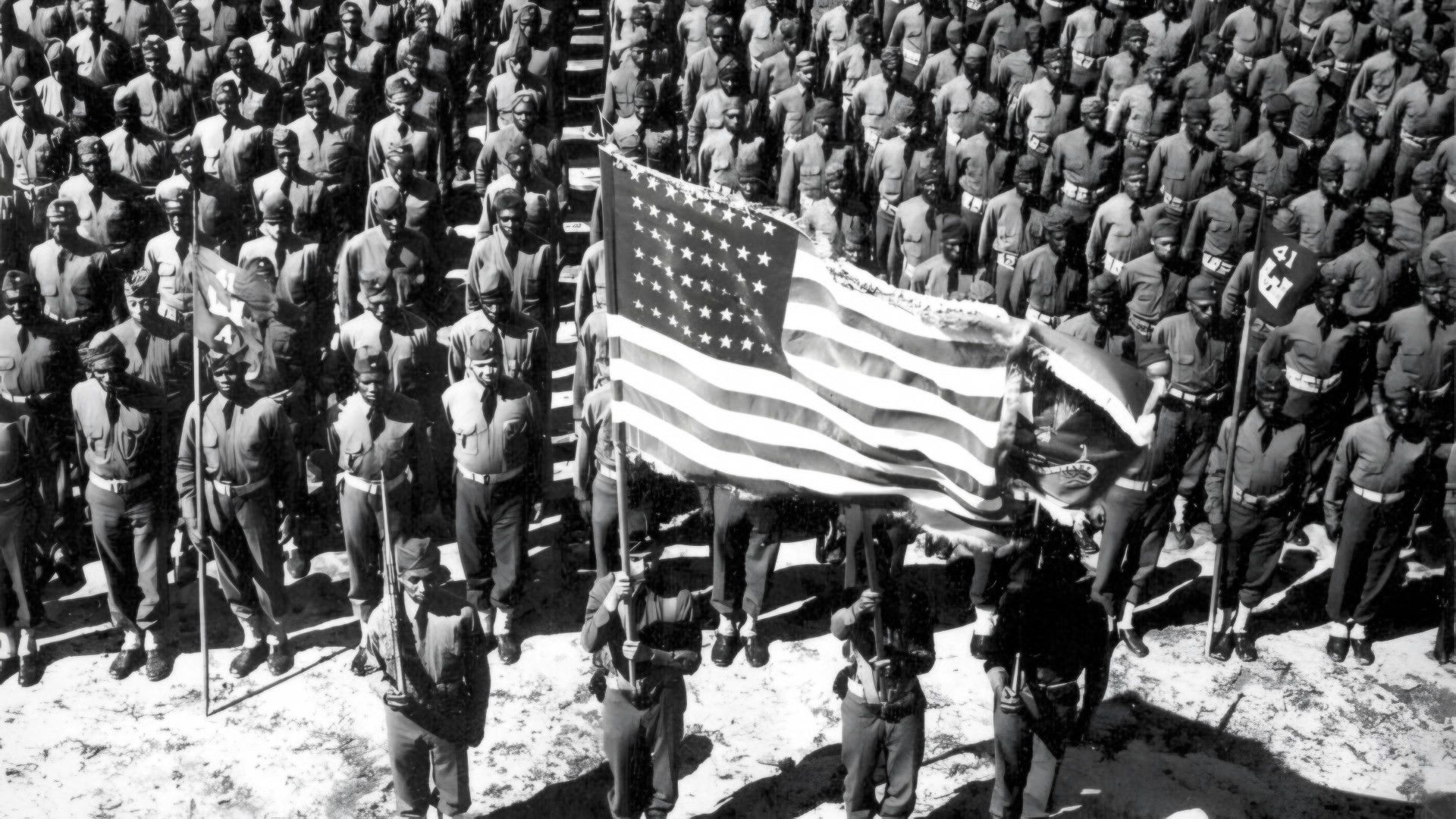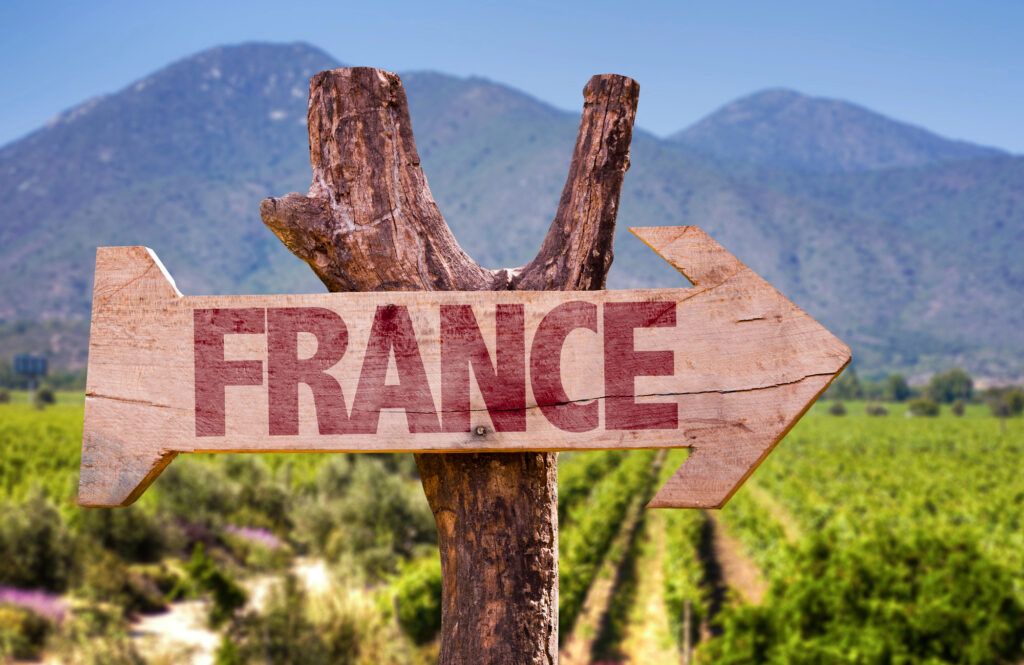Normandy’s got a mix of history, culture, and scenery that’s hard to beat. This week, October 12 to 18, the region’s coastal villages, medieval towns, and rolling fields feel especially inviting under autumn skies. You’ll get the chance to soak in everything from WWII sites to cider orchards, and maybe discover a few unexpected favorites along the way.
Every day brings a new angle—abbeys, castles, seaside cliffs, or bustling markets. Whether you’re hiking the cliffs at Étretat, sipping cider in Pays d’Auge, or wandering the D-Day beaches, you’ll find yourself connecting with the people and stories that make Normandy what it is.
1) Visit Mont-Saint-Michel Abbey
Kick off your trip with the medieval Mont-Saint-Michel Abbey, one of France’s most iconic spots. The abbey rises from a tidal island, surrounded by shifting sands and wild tides that once kept invaders at bay.
Climb the steep, winding streets past stone houses and quirky shops. It’s a bit of a workout, but the sweeping bay views at the top make it worth every step.
Inside, wander through Romanesque and Gothic halls where monks once lived and prayed. The abbey’s layers tell stories from different chapters of French history.
During WWII, the abbey escaped major damage, which is rare around here. Its survival lets you see prewar craftsmanship up close.
If you can, time your visit with the tides. When the water rises, the causeway vanishes and the island feels cut off from the world again. For more ideas nearby, check out Things to see and do on and around the Mont-Saint-Michel.
2) Explore the D-Day Landing Beaches
Walk the same sands where Allied troops landed on June 6, 1944. The five main beaches—Utah, Omaha, Gold, Juno, and Sword—stretch along 80 kilometers of coast. Each spot keeps relics, memorials, and museums that bring Operation Overlord to life.
Start at Utah Beach, where the Utah Beach Museum stands right on the landing site. You’ll find authentic vehicles, personal stories, and exhibits that take you from planning to victory. The area feels wide open and a bit solemn.
At Omaha Beach and the Normandy American Cemetery, rows of white crosses look out over the sea—a sobering sight. The Overlord Museum nearby adds more context with artifacts and displays.
If you want to see several beaches, renting a car is your best bet. Public transport is spotty and distances are short but not walkable. Wear comfortable shoes, go slow, and take time to just stand and think—these places still carry a lot of meaning.
3) Walk the coastal paths of Étretat
Follow the coastal trails at Étretat for some of Normandy’s wildest scenery. The chalk cliffs shoot up from the sea, forming arches and pillars shaped by centuries of wind and water. Walking here, you really see the Alabaster Coast’s raw beauty.
Start at the beach and climb toward Falaise d’Aval and the famous Porte d’Aval arch. It’s steep in spots, so wear good shoes. On clear days, the horizon goes on forever across the Channel.
Even though the Cliffs of Étretat draw crowds, the trails stay pretty peaceful if you go early or late. Head west to the Jardins d’Étretat, a quirky sculpture garden perched above the cliffs—worth a look, as described in the Étretat Cliffs and Gardens guide.
Weather changes fast here, so pack a jacket and don’t get too close to the edge if it’s windy. The paths are well-marked, and the town below has plenty of cafés for a post-hike break.
4) Tour the medieval town of Bayeux
Step into Bayeux and you’ll feel its deep layers of history. The town made it through the 1944 Normandy landings almost untouched, so its medieval streets are still there to wander. There’s a calmness here that’s a nice break from the heavier WWII sites nearby.
Start at the Bayeux Cathedral—classic Norman Gothic, with a crypt and stained glass that show off centuries of skill. Then head to the Bayeux Tapestry Museum, where the 11th-century embroidery tells the tale of the Norman conquest of England.
Bayeux was also the first French city freed by British forces in WWII. You can dig into this at the Battle of Normandy Museum or the British Military Cemetery, both presented with a certain restraint.
When you need a breather, stroll along the Aure River or duck into a café for cider and Camembert. For a deeper dive, check out Bayeux tours and excursions that blend history, architecture, and food. It’s a grounded way to get to know Normandy’s character.
5) Attend the Caen Autumn Festival
Get a taste of local life at the Caen Autumn Festival, a lively event that celebrates Normandy’s harvest season. The city center fills up with food stalls, live music, and crafts—you’ll catch the area’s community spirit right away.
You’ll find cider and Calvados tastings, a nod to the region’s apple-growing roots. Local producers often chat about their methods, giving you a peek into what makes these drinks special. More on that in Normandy’s autumn experiences.
There are also small concerts and street performances—nothing too formal, just fun and family-friendly. It’s easy to dip in and out of the festival between visits to landmarks like the Abbaye aux Hommes or the Memorial de Caen.
October weather can be a little unpredictable, so bring a light jacket and comfy shoes. Even if it’s chilly, the festival vibe stays upbeat. For more ideas, see things to do in Caen this week.
6) Taste local Camembert cheese
Honestly, you can’t come to Normandy and skip Camembert. The little village of Camembert gave its name to this soft, creamy cheese that’s been made here for over 200 years. Local farms still use traditional methods, so you’re tasting history as much as cheese.
Pop into La Maison du Camembert to see how it’s made and sample a few types. Displays explain the aging process and how the local milk shapes flavor and texture. You can buy small wheels to take home, usually in those classic wooden boxes.
For a bigger tasting, try a Normandy cheese and cider workshop. You’ll get to try Pont-l’Évêque, Livarot, and Neufchâtel too, along with ciders that pair perfectly.
The flavors are strong and earthy—maybe a surprise if you’re used to milder cheeses. Bring a cooler bag if you plan to shop, since many local varieties are unpasteurized and need to stay cold.
7) Visit the Musée des Beaux-Arts de Rouen
Wander through one of France’s oldest art museums at the Musée des Beaux-Arts de Rouen. You’ll find everything from Renaissance masterpieces to Monet, Renoir, and Delacroix. The neoclassical building gives the place a calm, almost grand feel.
The museum sits on Esplanade Marcel Duchamp, not far from Rouen’s old center. It’s open Wednesday to Monday, 10 a.m. to 6 p.m., and closed Tuesdays (Tabi Paris Lax). If you want to avoid crowds, come early—especially on weekends.
Permanent and temporary exhibitions showcase Normandy’s artistic side. Normandy Tourism highlights the Impressionist works and classical sculptures. The layout makes it easy to wander at your own pace, whether you’re an art buff or just curious.
Weekday mornings are usually quieter if you prefer to look around in peace. The museum café is simple but handy for a quick stop before exploring more of Rouen.
8) Enjoy a cider tasting in Pays d’Auge
Drive (or cycle, if you’re feeling energetic) along the Cider Route in the Pays d’Auge, a 40-kilometer loop through orchards and half-timbered villages. The route runs past family-run farms where cider isn’t just a drink—it’s a way of life.
Many producers open their doors for tours and tastings. You’ll see old presses and cellars, and you can try AOP Cidre Pays d’Auge, plus Calvados and Pommeau if you’re curious. The Normandy Tourism guide lists several places open year-round.
The drive takes you through towns like Beuvron-en-Auge and Cambremer, both known for their classic Norman architecture. Roads can be narrow and twisty, so take your time. If you’d rather not drive, local tours focus on food and drink.
October means apple harvest and cooler air, so it’s a great time to visit. Crowds are light, the pace is slow, and you get a real sense of Normandy’s rural roots and its love affair with apples.
9) Discover the historic port of Honfleur
Honfleur is an easy day trip from Caen or Rouen—less than an hour by car. The town sits where the Seine meets the Channel, and its location shaped centuries of maritime history. It’s compact, so you can see a lot just by wandering.
Stroll along the Vieux Bassin, the old harbor lined with tall, narrow slate houses. Artists used to flock here for the light, and you’ll still spot their influence in local galleries. Waterfront cafés make a perfect spot to watch fishing boats come and go.
Don’t miss the wooden Église Sainte-Catherine, built by shipwrights after the Hundred Years’ War. Its twin naves and timber ceiling look like an upside-down boat. A couple of small museums nearby dig into Honfleur’s seafaring past.
For a quick overview, this guide to the best things to do in Honfleur lists visitor favorites. Want some quiet? Head up to the viewpoints mentioned in The Orange Backpack’s list of top attractions. You’ll see how the port’s shape tells the story of Normandy’s coastal life.
10) Explore the Château de Falaise
You stand before the Château de Falaise, a fortress that once guarded the birthplace of William the Conqueror. The castle rises above the town on a rocky hill, offering a direct view of the valleys below. Its thick stone walls and three towers show how Norman dukes defended their territory nearly a thousand years ago.
Inside, digital displays and reconstructed rooms let you picture daily life in the medieval court. The exhibits focus on clear historical context, so they work for adults and older kids alike. You can wander at your own pace through the halls and dungeons—nobody’s rushing you.
The site carries scars from later history, too. Bombing during World War II damaged parts of Falaise, but careful restoration saved the castle’s core. When you visit, you’re stepping through both medieval and modern chapters of Normandy’s story.
Give yourself at least an hour to explore the grounds and nearby museum. The town center, cafés, and memorials are all just a walk away, so it’s easy to combine the castle with other local stops. For more details and opening times, check Normandie Lovers’ guide to Falaise.
Tips for Making the Most of Your Week in Normandy
Normandy’s best when you prepare for its unpredictable weather, plan your routes, and get a feel for local customs. Small things—like dressing in layers, using regional train passes, and greeting people properly—can make your trip smoother.
Weather and Packing Recommendations
October in Normandy brings mild days and cool, sometimes damp, evenings. Highs hover around 16°C (60°F), and light rain or coastal wind is pretty common. Pack a waterproof jacket, comfortable walking shoes, and layered clothing you can add or remove as the weather shifts.
A small umbrella or rain poncho comes in handy for sudden showers. You’ll want a warm sweater or fleece for early mornings or breezy seaside walks.
If you’re headed to outdoor spots like the D-Day beaches or Mont-Saint-Michel, wear shoes that can handle sand and uneven ground. A lightweight scarf or hat helps with the wind near the cliffs. Locals dress neatly but keep it practical—casual, clean, and weather-appropriate works just fine.
Navigating Local Transportation
Normandy connects well by regional train (TER) and intercity bus lines. Trains from Paris reach Rouen, Caen, and Bayeux in under three hours, so day trips are totally doable. Buy tickets ahead on SNCF machines or mobile apps to save yourself some hassle.
Renting a car gives you more freedom for rural sights like cider farms or tiny fishing villages. Roads are in good shape, but parking near touristy spots can be a pain. Try public lots outside city centers when you can.
Local buses run between most towns, but schedules thin out on Sundays. For short trips, taxis or ride-share apps work, though fares go up after dark. Coastal cycling paths are a scenic option, too. A decent map or GPS app is a lifesaver when you’re exploring the countryside.
Cultural Etiquette and Local Customs
Politeness really matters in Normandy. Start interactions with “Bonjour” and a friendly tone. Locals appreciate even basic French, so don’t stress about perfection. Keep voices down in cafés and on public transport.
Restaurant service moves at its own pace. You’ll need to ask for the bill—staff won’t bring it unless you do. Tipping isn’t required, but rounding up a little is common.
Shops often close midday for lunch, especially outside the bigger towns. Plan your errands around those hours. At memorials or cemeteries, stay quiet and respectful—many locals have personal ties to World War II. Following these customs helps you fit in and connect with people who actually live here.
Seasonal Highlights and Local Events
Early autumn in Normandy blends harvest celebrations with cultural programs that show off the region’s history and creativity. You’ll find both old-school fairs tied to local produce and modern exhibitions that reflect Normandy’s changing identity.
Autumn Festivals and Fairs
October brings a wave of harvest fairs and food markets. Towns like Caen and Bayeux host apple and cider festivals, where you can sip fresh-pressed juice or try Calvados. There’s usually music and cooking demos, too.
The Normandy Tourism calendar lists seasonal events—think flea markets, seafood tastings, weekend fairs. It’s a good way to meet local producers and see regional farming traditions up close.
Weather can turn quickly, so keep that waterproof jacket handy. Most fairs are outdoors, and muddy grounds aren’t rare after rain. Buses and trains reach many festival towns, but you’ll need a car for some rural spots.
If the coast’s more your thing, fishing villages along the Côte de Nacre often host seafood weekends with oysters, mussels, and scallops. These markets are smaller and usually less crowded than the inland festivals.
Special Exhibitions and Performances
Museums and galleries across Normandy roll out new exhibitions around mid-October. The D-Day Center usually puts up short-term displays—wartime photography, personal gear from Allied soldiers, that sort of thing. It’s enough to give you a feel for the region’s military past, but not so much that you get bogged down in endless facts.
Over in Rouen, the Fine Arts Museum goes for autumn retrospectives, often linking back to Impressionism. Sometimes you’ll spot pieces inspired by Monet’s early days painting in Le Havre.
If you’re up for something a little different, you might catch a small theater show in Honfleur or Dieppe. Local troupes put on French-language plays, and they’ll usually hand out English summaries. Tickets don’t cost much, and the venues are small, so you’re never far from the action.
Evening concerts in old abbeys and churches—those are special. Classical or choral music fills up the ancient stone halls, and the acoustics? Pretty unforgettable.

